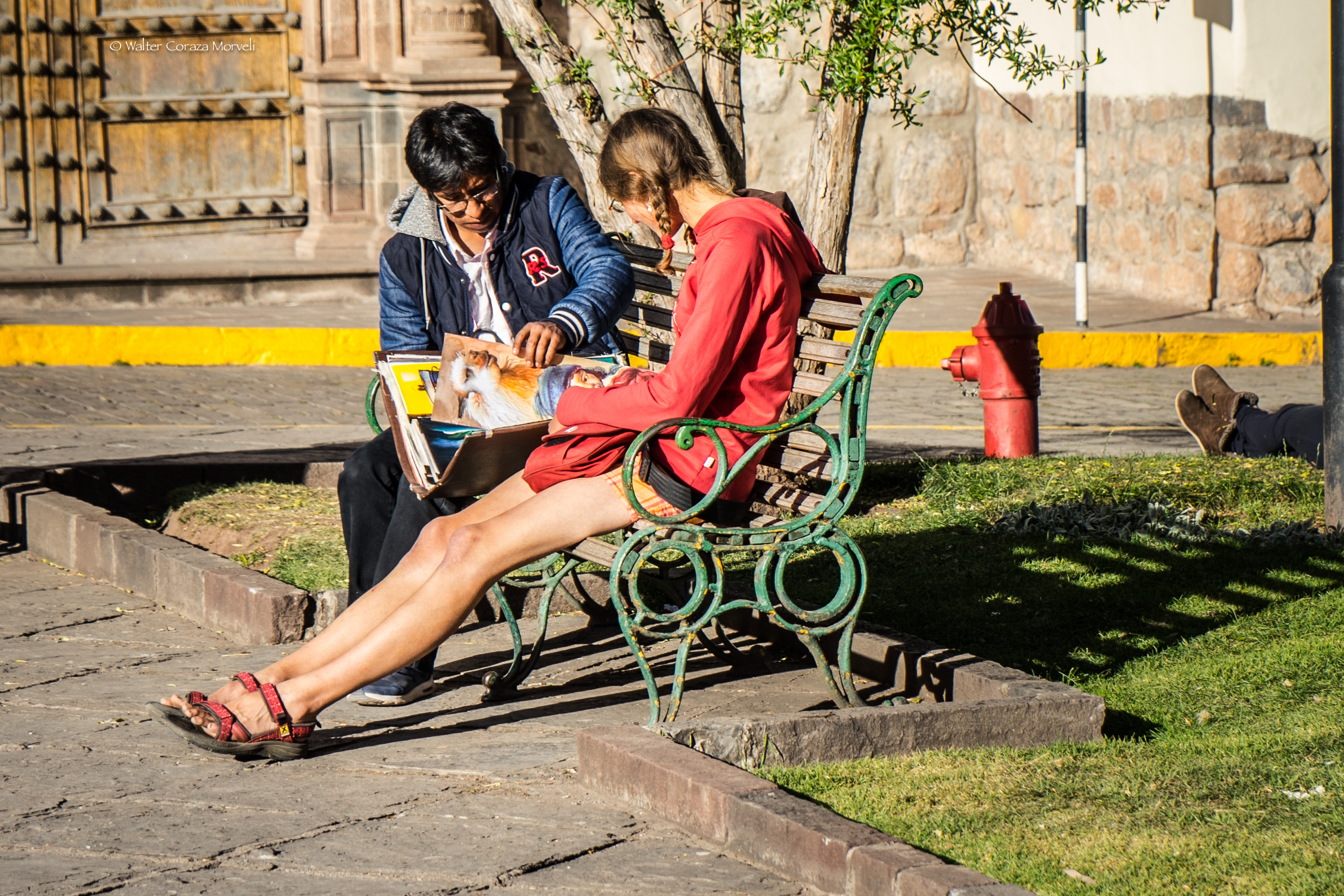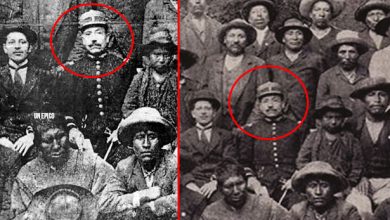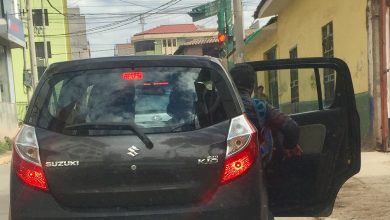Antropoesía and Cusco in Poetry

I write about Cusco, whether in the Imperial City or far away. Sometimes I write posts for this page, as well as academic works, and sometimes poetry. All of it is influenced by my training and practice as an anthropologist.
Not long ago, the well-known anthropologist Renato Rosaldo published a book of poems about the sudden death of his wife, Shelly, in the Philippines when they lived there with their two young sons.
I met Rosaldo just a few years later, when he visited my university and read a paper about how the experience of events, such as the death of a loved one which breaks you apart, can be something methodological that permits an ethnographer to better understand parts of the lived reality of people with whom they share and about whom they write.
Entitled The Day of Shelly’s Death: The Poetry and Ethnography of Grief, the book contains not just a collection of poems that develop his theme from a different perspective, it also meditates on poetry and indicates that ethnography transforms poetry in certain ways at the same time poems can be a form of ethnographic knowledge.
To this end he adduces a new word and a new poetic. He calls his practice antropoesía, using Spanish for his essay in English. And it is this antropoesía that calls my attention here since I am an anthropologist—I do ethnographic work with the people of the Andes, and like him I am a poet. Here is a poem of mine about a very common reality in the Colonial Core of Cusco. You might ask yourself what is poetic about it since it works to gather expression and details an ordinary situation.


He lingers against a wall of rough rocks, portfolio by his side.
His eyes scan passersby. Imperceptibly, his thighs tense
to propel him forward when tourists come close.
The words fall from his lips seductively. Still, they sound strange.
His mother does not speak this tongue while weaving on the ground
some hundred miles away, wondering why he has not come home.
He shuffles through the watercolors as the tourists mostly ignore him.
“You like my art? You can see the paintings. It’s free to look.” Something
in her eye or a softened stance tells him a painting caught her attention.
“It is very nice. Here, you can look at it. I am Pablo Picasso. I painted this.”
She takes the watercolor from him as he tries to stay focused on her,
to push if he sees possibility and withdraw slightly if not.
Across the street his friend looks at him and laughs. He chops
his hand up and down telling him to hurry. They are supposed to go play
soccer. They have been challenged by the kids who work another street.
“You can buy it, Miss. I make you a good price. What will you pay for it?
I have not sold anything today. How can I buy my food you not buy this?
OK. Maybe tomorrow. My name is Alex, what is your name?”
His friend comes up, laughing and teasing him for not making a sale.
“You lost your turkey, Causa. No more time to sell. We have to go
or else we forfeit. Vamos. Let’s go make goals”.
The poem uses a direct language and structure that are dedicated to presenting a moment in the common life of Cusco. Its poetics are not found in metaphors, or refined language, nor in classical poetic forms. The choice of the moment and the precision of describing this quotidien moment that tends to pass unseen, even though filled with importance and analytical value if your goal is to understand Cusco’s social life in an environment of a strong tourist stream, is what makes it poetic.
Even though it is almost invisible to the people of Cusco, and to the young men who sell art on the streets, it is not so invisible for the tourist who experiences it about every ten steps or so. It seems something paradigmatic of experience in Cusco. The poem takes on that importance from an external view, and turns it. It is written with detailed attention to the seller, his practice, and his environment, what Tim Ingold insists is necessary in ethnography.
Here is another poem, but a different one because it does depend on an apparently more traditional poetics.

Words opened out, magnolia buds
that swelled and bloomed in a few
seconds when she came up.
Flowers the color of Neruda’s verse
though buds tinged with magenta.
The petals, a chromatic universe
of sound, soft and red, loud and blue.
Their perfume drew me. For them
I would have become a bee, if only
I knew what those blooms meant.
I tried to answer. What I said was wrong;
the blossoms collapsed with the light in
her eyes. She left . . .
In a city as multilingual as Cusco, failures of communication take place every day no matter how frustrating they are, and the city’s people who work with foreigners have become experts in attaining success in the face of unknown and unequal languages.
The poem, nevertheless, is developed from an encounter I had in monolingual, rural Cusco, close to the Imperial City, when I wanted to communicate and my linguistic capacity failed me. Even though the poem’s language refers to flowers that are not commonly found in Cusco, it stems from an observation of the importance of flowers as a female element and of them as a representation of communication in Cusco. There is a synesthesia in this that is experienced in the poem.
This poem is antropoesía not just because of the attention to the experienced moment and the feelings around it, but because it is situated in a problematic moment for any ethnographer, that of trying to communicate in a language and culture that is not your own.
Finally, I will share with you a poem of mine which tackles the theme of ideas, languages, and cultures that the ethnographer studies which invade him, even when he is in his own land. He becomes a doubled person, one who walks and talks in one world, many times an academic one, while at the same time he is inhabited by themes and ideas of the other world.
The poem takes the story of the hero or great god, Thunupa, and his interaction with the two fish Quesintuu and Umantuu, sirens described by the chronicler Ramos Gavilán and developed by the poet from Cusco, Odi Gonzales. In his work the sirens call his soul that wanders away ever since he underwent his first haircut, the rutucha. On the other hand, in this poem the sirens play a different role and, further, the poem emphasizes Thunupa more than the sirens.

Cast to the sea. Cast, he drifted free
while fishes, sisters, jumped and flirted.
The train comes early. Run from my car, leap
before it hulks off. Clouds thicken sky.
Wet bursts pelt windows. Bursts. Seeming dusk.
Fingers drip across keys, dark scurries on screen.
Two peaks, one peak, crescent between. Fish.
Sun lighted their backs and wavelets’ slap.
On screen, I wade through words growing, falling.
Too early the station. Not done. Shut laptop.
Wet on my cheek, shirt darkens. Light above
against the gloom. Rainbows, gap between.
Cast against the rock, dark open within.
A toad, a cleft, alive. Foaming, fuming.
In conclusion, antropoesía is not limited only to a simple and descriptive poetics. It can take advantage of all the possibilities of poetic art, whether verbal or written. It is defined by its relation with participant observation and its quality for attending to the realities of a people a culture, a place. For me, in much of my work, that place is Cusco.




